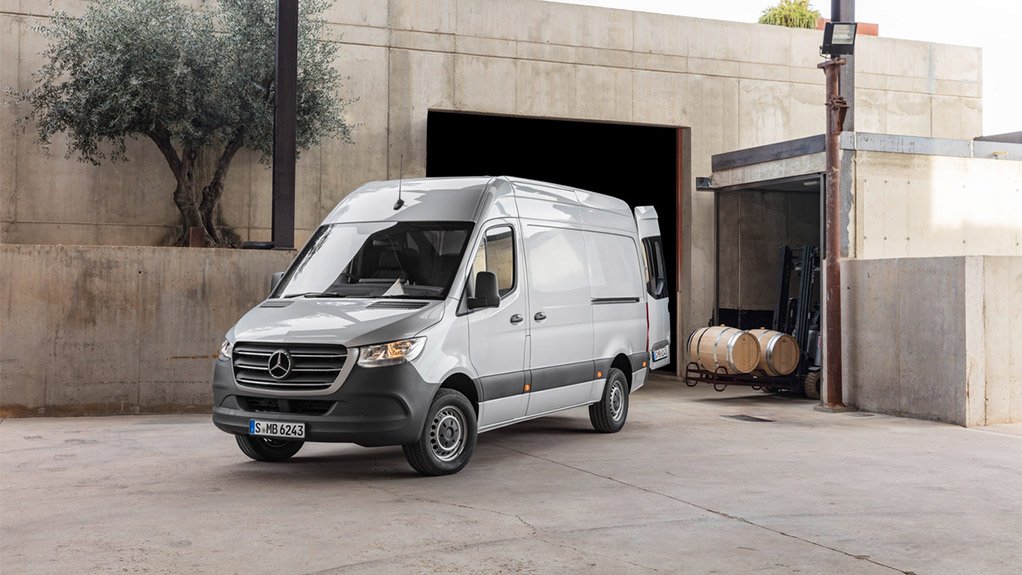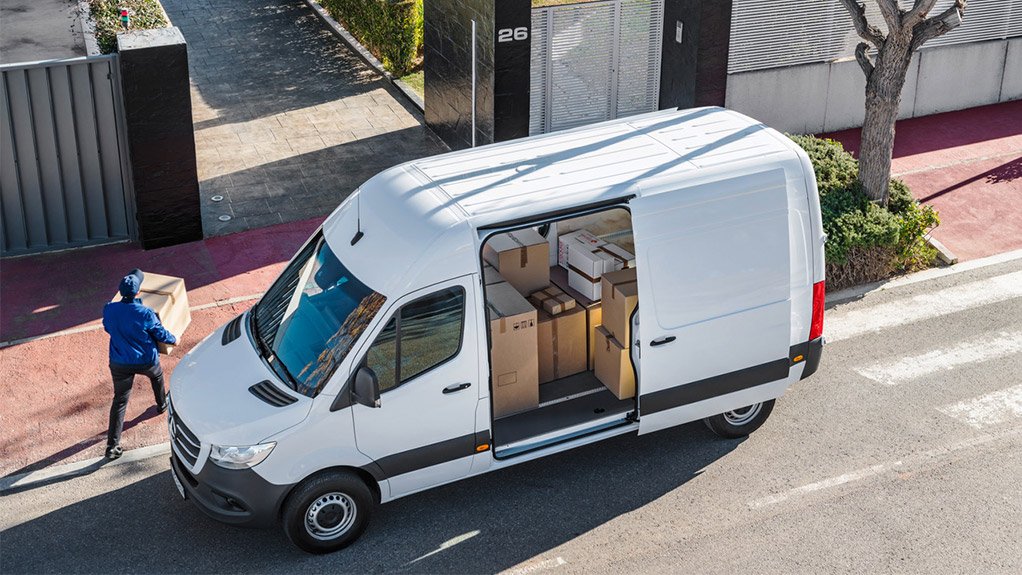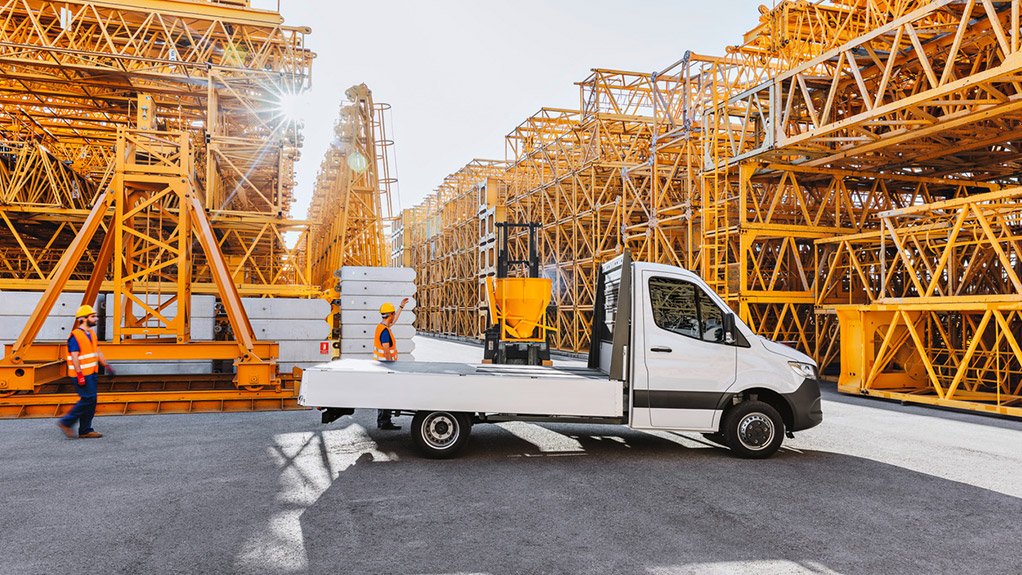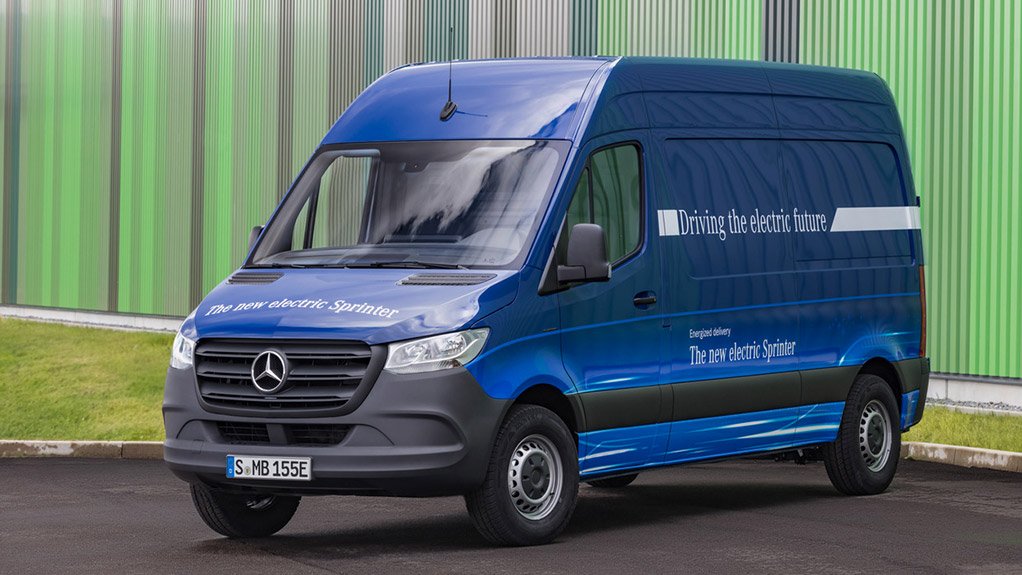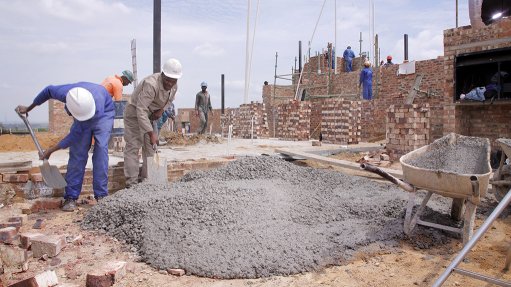Sprinter reboots for digital efficiency as global parcel, food deliveries soar
Global parcel deliveries reached roughly 44-billion units in 2014, growing by almost 48%, to 65-billion parcels, in 2016.
This trend is far from flattening out. Various studies expect yearly growth rates of between 6% and 8% a year through to 2025.
It is not only parcel deliveries that are booming on the back of a rapidly expanding global online retail sector. Business management consultancy McKinsey expects a yearly growth rate of around 14.7% for online food orders in Germany through 2020, and forecasts a corresponding increase of 6% in the UK, 10.5% in France and 11% in the US.
All of these deliveries have one thing in common: they require a growing number of cars, vans and trucks on the road worldwide.
It is perhaps no surprise then that Mercedes-Benz global van sales achieved a fourth record year in a row in 2017, with sales jumping 12%, to more than 400 000 units a year for the first time.
Sprinter sales reached more than 200 000 units in 2017.
“Our customers are facing a new, very different playing field: Urban density is increasing, supply chains are becoming more complex, delivery times shorter and sustainability even more important,” says Mercedes-Benz Vans head Volker Mornhinweg.
“The cost pressures [our customers face] are enormous, because the average revenue per delivery is falling.”
Faced with a new reality of denser cities requiring a higher frequency and efficiency of deliveries, Mercedes-Benz has developed its third-generation Sprinter to reap as many benefits as possible from the emerging digital landscape.
Think of the vehicle as a smart phone, as opposed to a conventional mobile phone, says Mornhinweg.
Firstly, however, there is the hardware. The new Sprinter – set to launch in South Africa in the first half of 2019 – comes in eight body variants from 3 t to 5.5 t gross vehicle weight. These variants aim to cater for the needs of, for example, tradesmen, small businesses, delivery companies, people movers and motorhome enthusiasts.
More than 1 700 different Sprinter variants can be generated using body type, drive concept, cab design, body length, tonnage and load compartment height.
A revised power line-up sees the rear-wheel and all-wheel drive variants of the new Sprinter augmented by a front-wheel-drive derivative. This allows from 50 kg more payload and an eight-centimeter lower loading edge.
Front-wheel drive also means that the Sprinter can be offered as a cab with an engine, which means greater freedom for body builders.
In the motorhome market, for instance, around 90% of new camper vans are driven by their front wheels.
The Sprinter will also feature full electric drive in 2019, promising zero emissions to companies seeking a greener footprint.
It is not yet clear when and if this electric variant will come to South Africa.
When it comes to people moving, the new Sprinter is loaded with a host of new technology. (In South Africa, the Sprinter has found enduring popularity in the long-distance taxi market.)
The new vehicle offers, as options, more comfortable back seats, USB sockets to its passengers and storage space for smart phones.
“One of the comforts passengers look for these days is connectivity, which is why the new Sprinter offers a wifi hotspot. This is a big comfort boost, especially on longer journeys,” says Mornhinweg.
Mercedes-Benz believes that one in five Sprinters are used as people movers.
Connectivity moves another step forward with the launch of Mercedes PRO connect.
“This a digital ecosystem in which our vehicles and services are all interconnected,” explains Mornhinweg. “Drivers can use a smartphone app to access vehicle functions and additional services quickly and easily.”
A van fleet operator or taxi owner can, for example, check the routes his or her drivers are taking, as well as the fuel levels on all of the vehicles, while they are in use. If the job schedule changes with a sudden delivery, for example, an algorithm recalculates the route to fit and transmits it to the vehicle.
The driver can also remotely unlock the van, via his or her smart phone, for anyone wishing to collect or store goods from or in the vehicle. This is handy, for example, if a crew is busy in a construction site.
The Sprinter also comes with Mercedes-Benz’s new touch-screen, multimedia system, called MBUX, and is only the second Mercedes-Benz vehicle to have the system installed.
Capable of learning, the MBUX system can adapt to specific users and their preferences.
MBUX has one particularly intriguing feature – to-the-meter precise navigation to, for example, building sites, sites in the middle of nowhere, drop-off points or loading ramps.
The vehicle can do this by using what3words for navigation.
what3words is a simple way to talk about location. Developers have divided the world into a grid of 3 m x 3 m squares, assigning each one a unique three-word address. This means anyone can accurately find any location and share it more quickly, easily and with less ambiguity than any other system.
For example, the head office of the Department of Trade and Industry in Pretoria is tagged as ‘amused.thunder.wins’, and Creamer Media as arrived.gurgled.cheered. Type in these words and simply navigate to the linked destination with one-metre accuracy. This makes it easy, for example, for the caterer to locate the site office on a large construction site.
New safety systems are also on offer in the new Sprinter, such as lane-keeping assist and blind spot assist.
The new, third-generation Sprinter is build in Germany, Argentina and the US. New-level Sprinter production will receive a E200-million investment by 2025.
Investment in the Düsseldorf plant will see the plant become a completely paperless plant.
The Sprinter is available in Europe from June with a starting price of E20 000.
Comments
Announcements
What's On
Subscribe to improve your user experience...
Option 1 (equivalent of R125 a month):
Receive a weekly copy of Creamer Media's Engineering News & Mining Weekly magazine
(print copy for those in South Africa and e-magazine for those outside of South Africa)
Receive daily email newsletters
Access to full search results
Access archive of magazine back copies
Access to Projects in Progress
Access to ONE Research Report of your choice in PDF format
Option 2 (equivalent of R375 a month):
All benefits from Option 1
PLUS
Access to Creamer Media's Research Channel Africa for ALL Research Reports, in PDF format, on various industrial and mining sectors
including Electricity; Water; Energy Transition; Hydrogen; Roads, Rail and Ports; Coal; Gold; Platinum; Battery Metals; etc.
Already a subscriber?
Forgotten your password?
Receive weekly copy of Creamer Media's Engineering News & Mining Weekly magazine (print copy for those in South Africa and e-magazine for those outside of South Africa)
➕
Recieve daily email newsletters
➕
Access to full search results
➕
Access archive of magazine back copies
➕
Access to Projects in Progress
➕
Access to ONE Research Report of your choice in PDF format
RESEARCH CHANNEL AFRICA
R4500 (equivalent of R375 a month)
SUBSCRIBEAll benefits from Option 1
➕
Access to Creamer Media's Research Channel Africa for ALL Research Reports on various industrial and mining sectors, in PDF format, including on:
Electricity
➕
Water
➕
Energy Transition
➕
Hydrogen
➕
Roads, Rail and Ports
➕
Coal
➕
Gold
➕
Platinum
➕
Battery Metals
➕
etc.
Receive all benefits from Option 1 or Option 2 delivered to numerous people at your company
➕
Multiple User names and Passwords for simultaneous log-ins
➕
Intranet integration access to all in your organisation



